There can be your advertisement
300x150
What We Know About Designer of the Year Cecilie Manz
Twice a year, experts at Maison & Objet, a prestigious French design and interior decoration exhibition, select a Designer of the Year: in September, they choose the best in architecture, interiors, and décor, and in January, they traditionally honor a product designer.
In the previous year, the best 'object' according to Maison & Objet trendsetters was French designer Pierre Charpin. This year, the accolade went to Danish designer Cecilie Manz. If you were unable to attend the winter session of Maison & Objet and see the Designer of the Year's stand in person – no worries. We've compiled a comprehensive profile of Cecilie with photos of her best projects. Let's explore and be inspired!
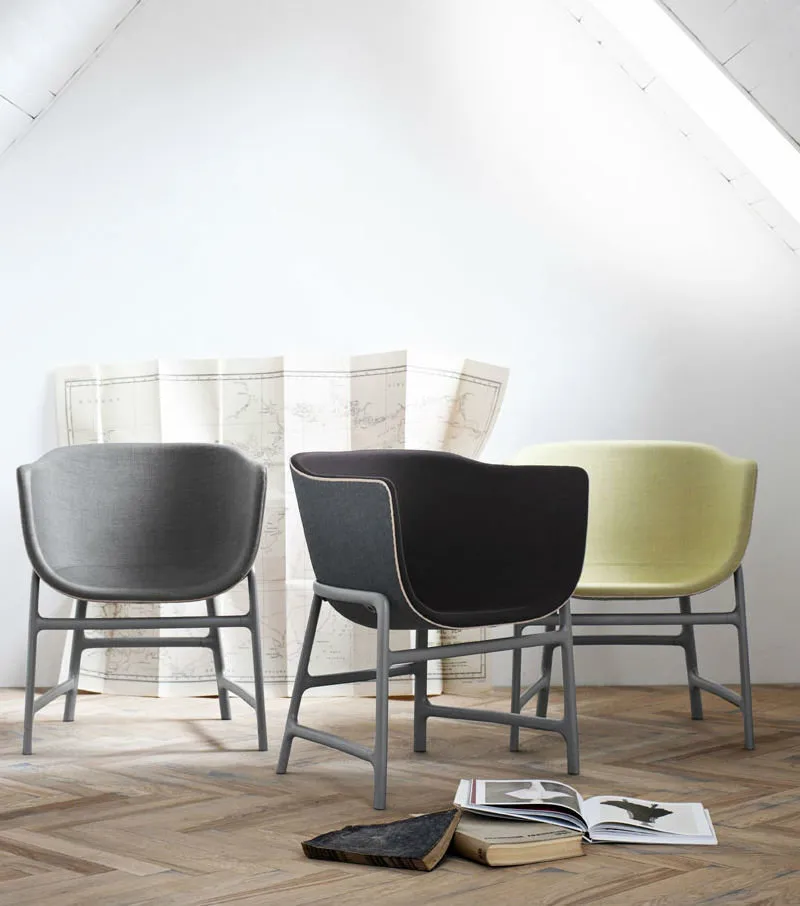 Minuscule chairs for Fritz Hansen
Minuscule chairs for Fritz HansenCecilie Manz: Facts
- Graduated from the Royal Danish Academy of Fine Arts, where famous Danish artists such as satirical cartoonist Holger Bidstrup and designer Arne Jacobsen were once students.
- Founded her own studio in central Copenhagen in 1998 and continues to work there to this day.
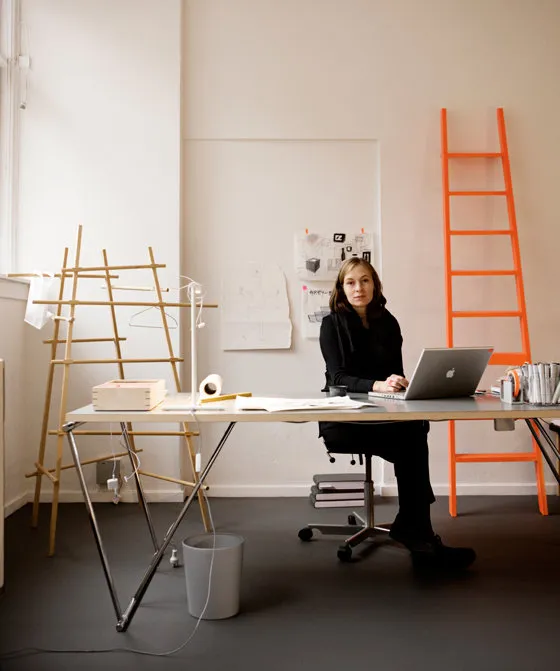
- Cecilie has received numerous awards for achievements in industrial design, architecture, and art. Among these are prestigious awards such as the Bruno Mathsson Award and the Crown Prince Couple's Culture Award, which she personally received from the Danish Prince and Princess in 2014.
- Works by Cecilie Manz are included in the permanent collections of the Museum of Modern Art (MoMA) in New York and Designmuseum Danmark in Copenhagen.
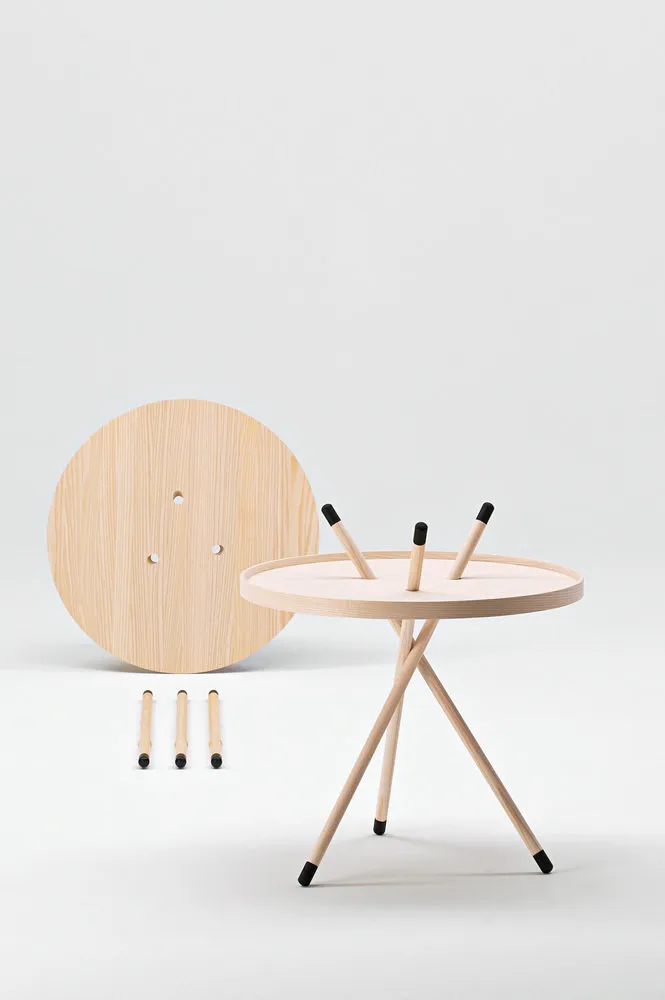 Mikado table by Cecilie Manz is part of the permanent collection at the Museum of Modern Art in New York
Mikado table by Cecilie Manz is part of the permanent collection at the Museum of Modern Art in New YorkFirst Commercial Project
The furniture item designed by Manz, in the form of a staircase that, upon closer inspection, is designed to comfortably seat on one of its steps, was published in a Danish interior magazine. While flipping through the magazine, German designer Nils Holger Moormann came across the 'stool' and in 2000, the HochAcht project was launched for production by the furniture brand Nils Holger Moormann.
 HochAcht staircase for Nils Holger Moormann
HochAcht staircase for Nils Holger MoormannAbsolute Bestseller
In 2005, Cecilie developed a minimalist design for the hanging light fixture Caravaggio for the Danish brand Lightyears. The light fixture later became the designer's signature piece and a bestseller not only in Denmark but worldwide.
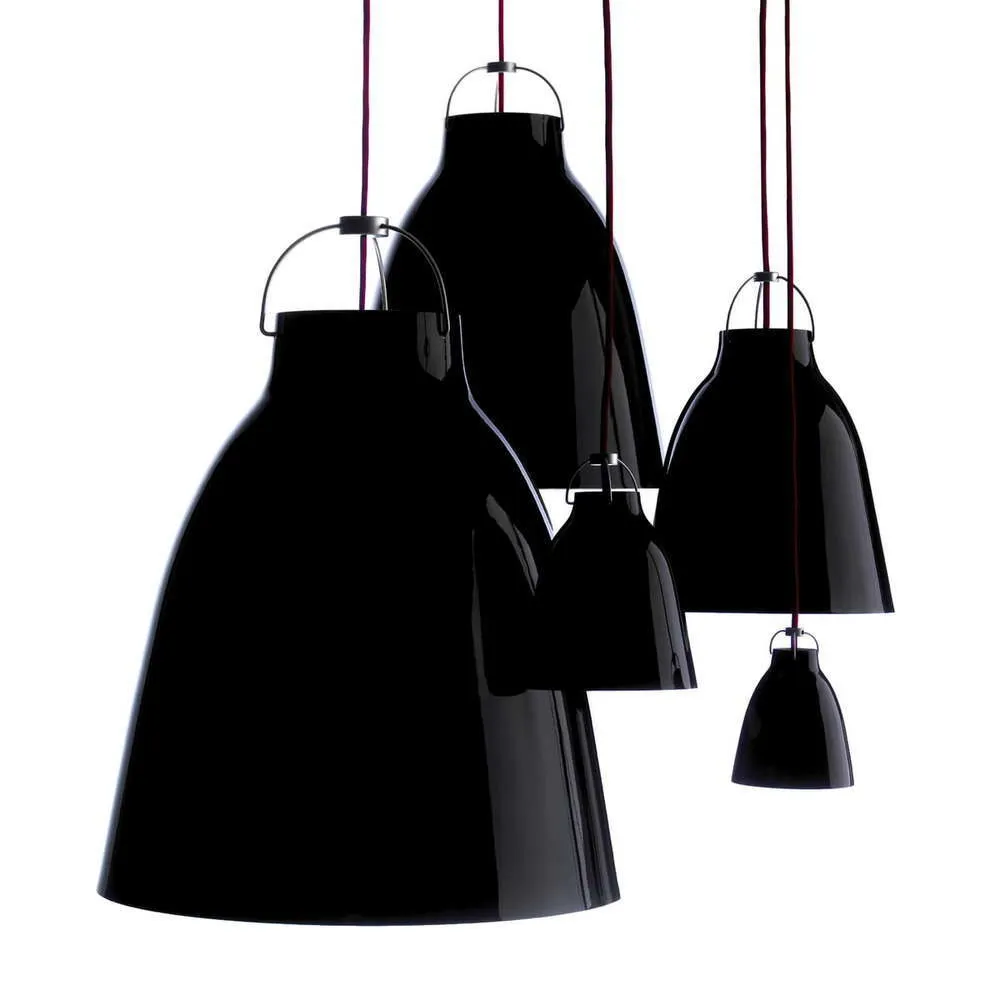 Caravaggio light fixture for Lightyears (Republic of Fritz Hansen)
Caravaggio light fixture for Lightyears (Republic of Fritz Hansen)Approach to Work
Manz is a devoted follower of traditional, somewhat old-fashioned working methods, and every new project begins with sketches and drawings – on paper, by hand. The finished piece is always taken home for detailed study and testing in everyday life. 'If my product doesn't suit me or isn't comfortable to use, why would others be different?' – the designer reasons.
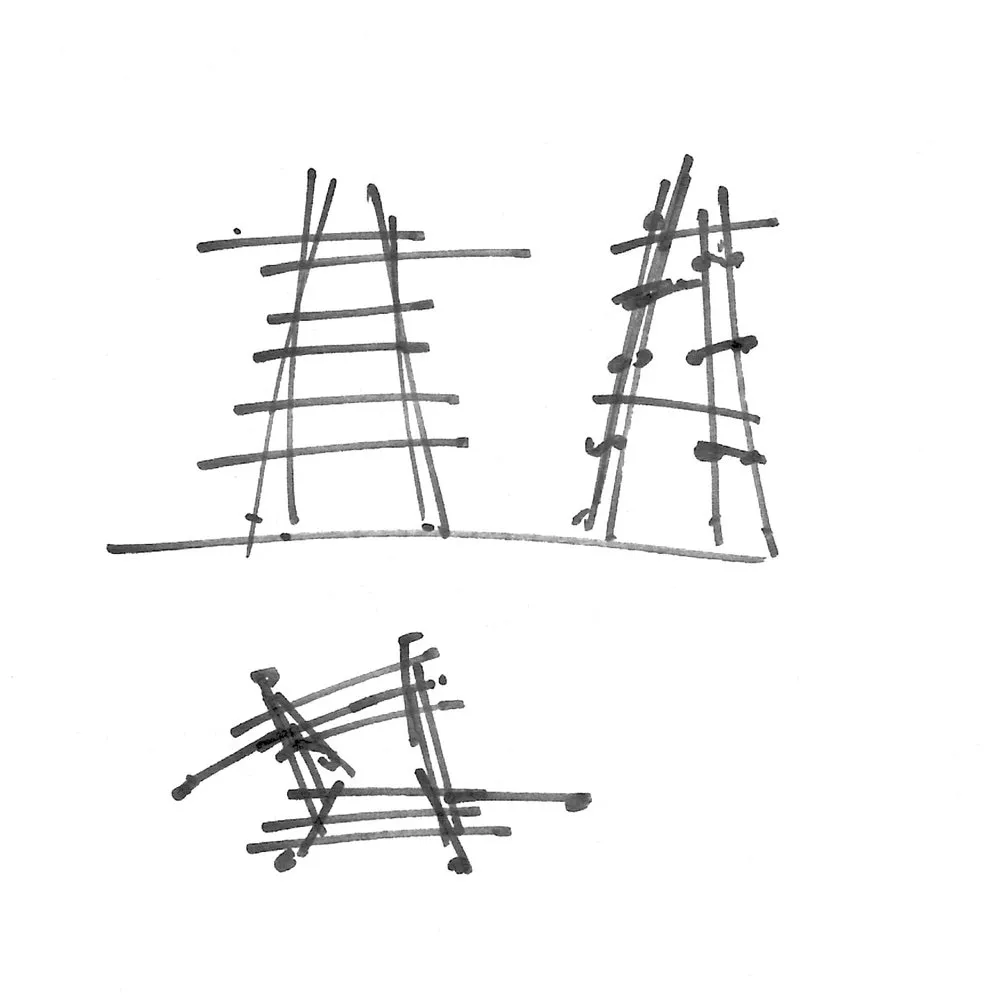 Sketches for the Tøjtræ coat rack project by PP Møblers
Sketches for the Tøjtræ coat rack project by PP Møblers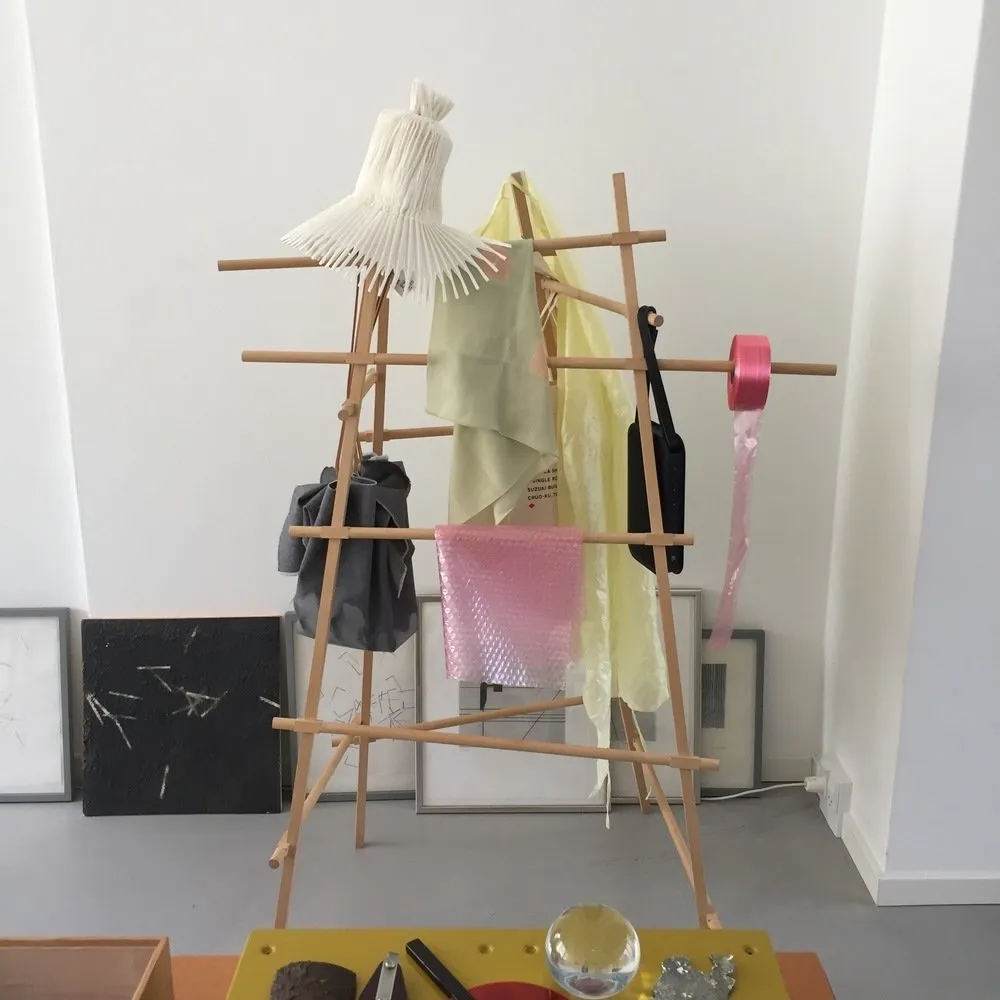 Tøjtræ coat rack for PP Møblers
Tøjtræ coat rack for PP MøblersRelationship with Materials
However, for developing the concept of a future project, the designer needs more than just sketches and contemplation. 'For me, it's essential to hold the material in my hands; only then can I feel the idea and begin working,' says Cecilie.
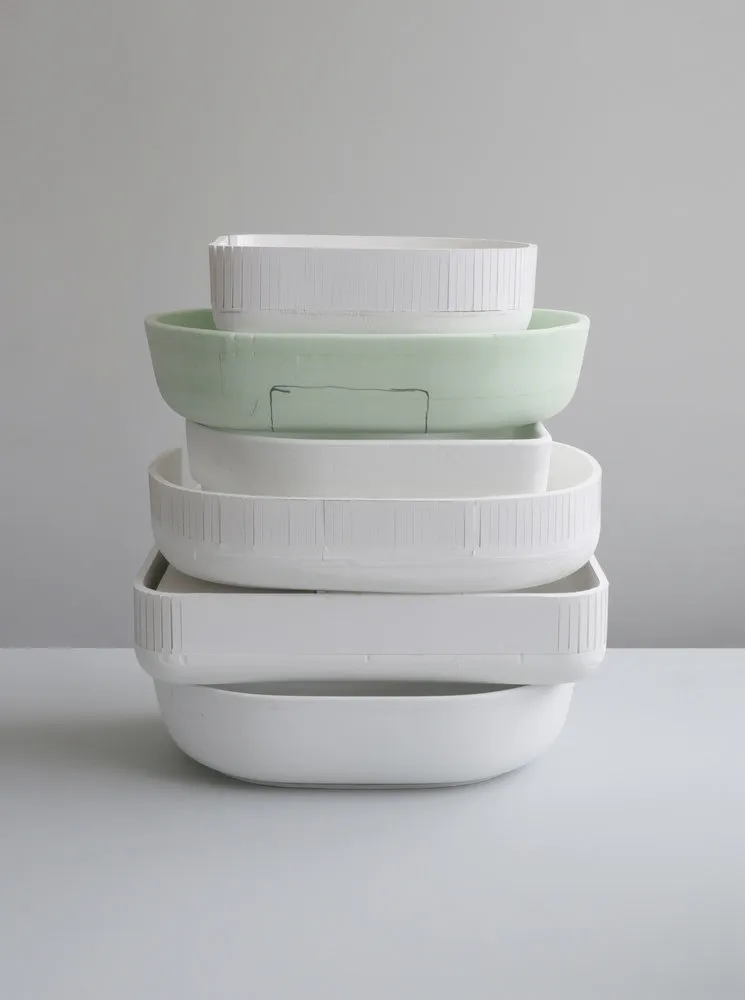
Generally, her interest in the diversity of materials and artistic techniques constantly pushes the designer to experiments and expands her professional boundaries. One of her recent experiments was designing sinks, baths, furniture, and bathroom accessories for the Luv collection by German brand Duravit. The collection was launched in 2017.
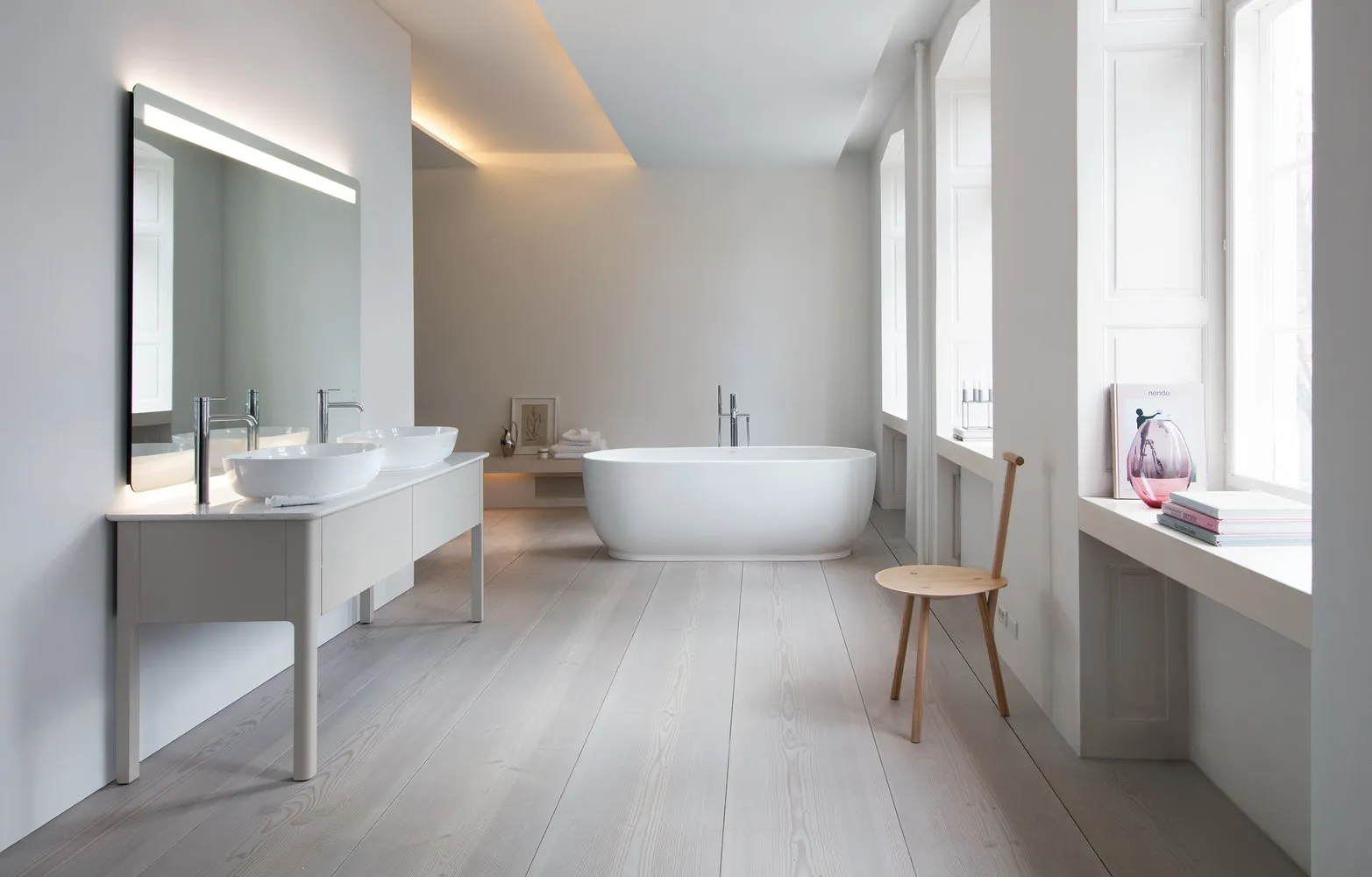 Luv collection for Duravit
Luv collection for Duravit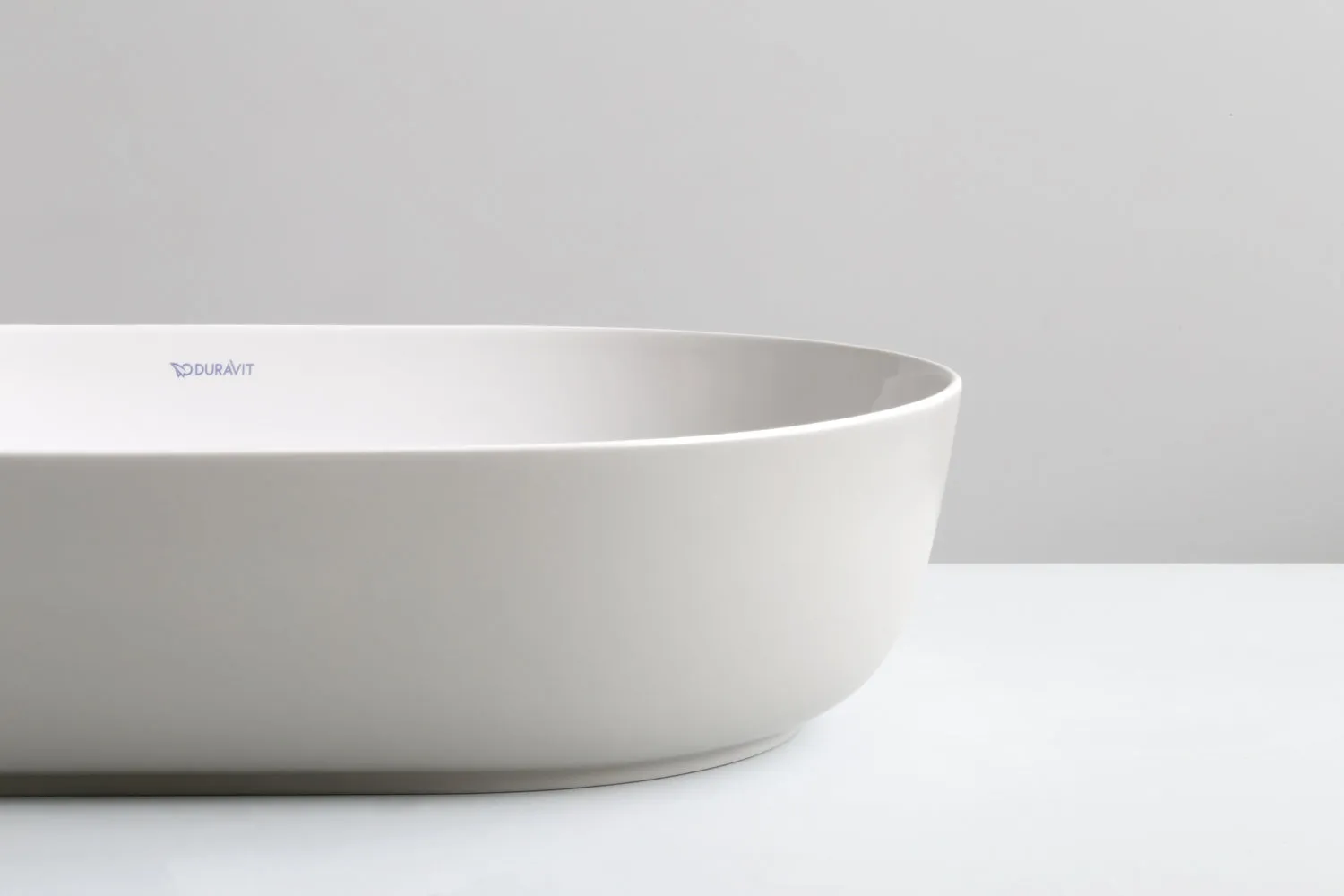
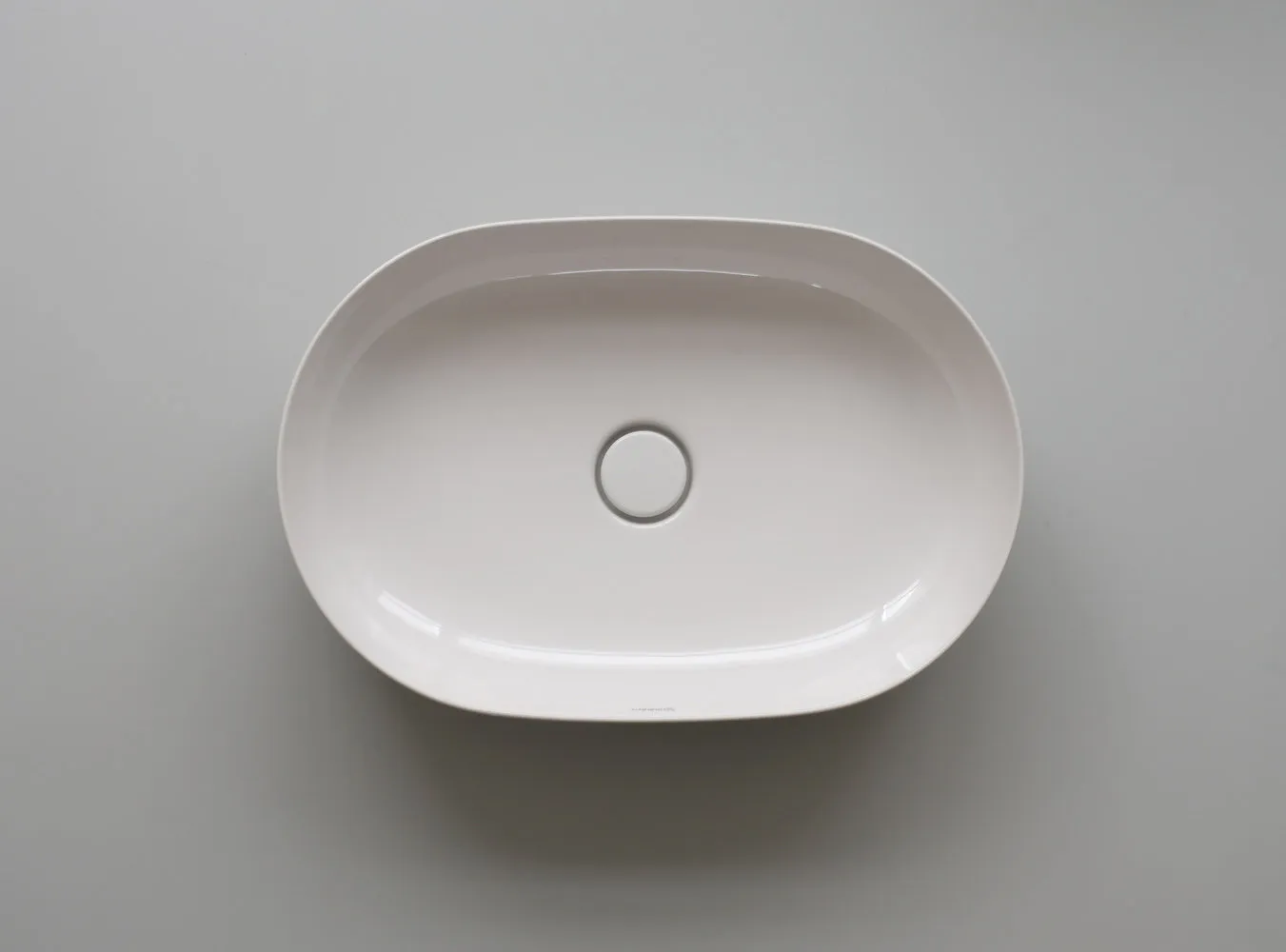
Roots
Cecilie grew up in a family of potters, and in her interviews, she often talks about how as a child, she dreamed of following her parents' footsteps. However, despite her career taking a different path, her works often include references to her origins. Cecilie's projects include ceramics and glassware for the home, such as dishes, vases, and accessories.
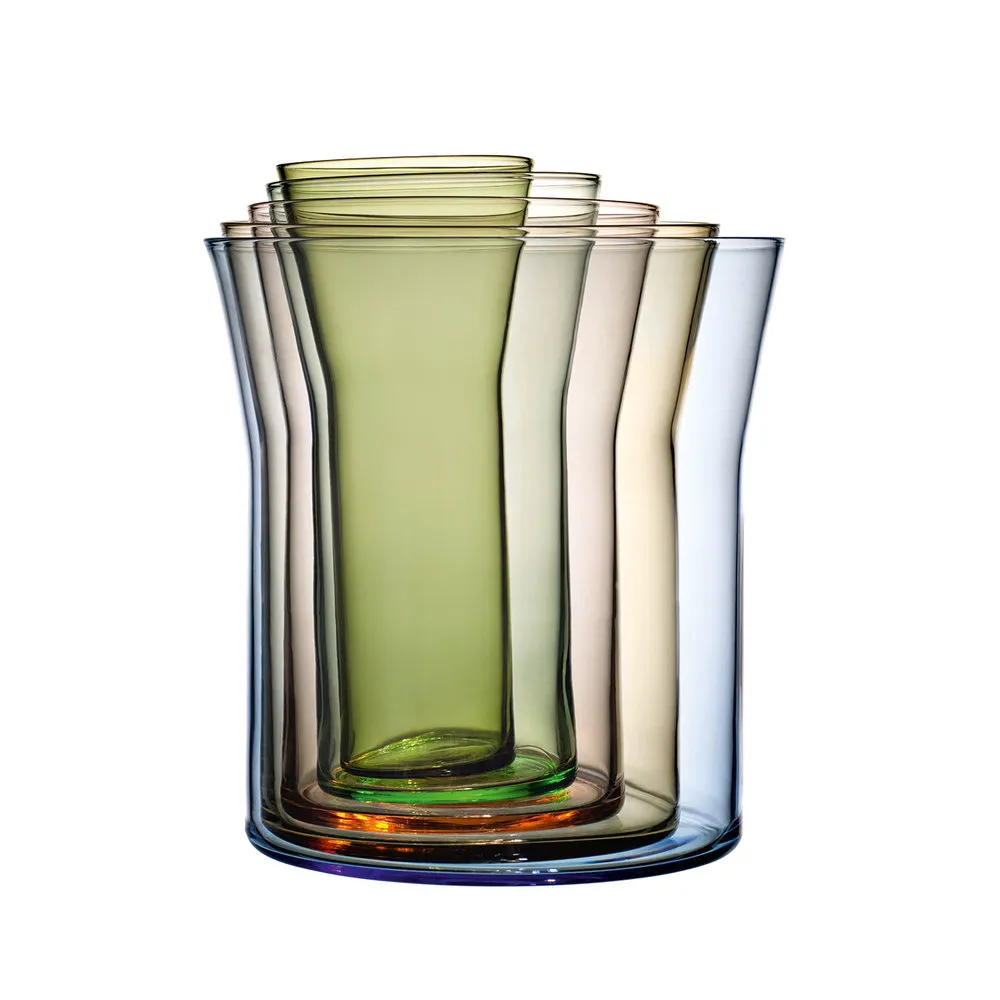 Spectra glassblown vase series for Holmegaard
Spectra glassblown vase series for Holmegaard Minima glassblown dish series for Holmegaard A/S
Minima glassblown dish series for Holmegaard A/S Nimb glassware series for restaurants Nimb and Nimb Herman in Copenhagen
Nimb glassware series for restaurants Nimb and Nimb Herman in CopenhagenThe Earthenware collection by Danish brand Fritz Hansen is entirely handmade, with typical characteristics of handcrafted pottery.
 Earthenware dish and accessory series for Fritz Hansen
Earthenware dish and accessory series for Fritz Hansen Earthenware dish and accessory series for Fritz Hansen
Earthenware dish and accessory series for Fritz Hansen Earthenware dish and accessory series for Fritz Hansen
Earthenware dish and accessory series for Fritz Hansen Earthenware dish and accessory series for Fritz Hansen
Earthenware dish and accessory series for Fritz HansenWorking Principle
The principle 'form follows function' is paramount in every project by Manz. 'In my work, what matters most is the idea from within,' says the designer. 'Before starting a project, I must ensure it contains a solid idea or functional justification.'
 Mingus lights for Lightyears (Republic of Fritz Hansen)
Mingus lights for Lightyears (Republic of Fritz Hansen)About Scandinavian Design
In her view, Scandinavian design is often misunderstood. The designer believes that Scandinavian design should be based on the actual lifestyle of Scandinavians. 'People in the north strive for economy, and this is reflected in classical Danish design,' explains Manz. 'My works are also minimalist because I try to limit them to only what is essential. My projects convey my temperament.'
 Moku chairs for Actus
Moku chairs for ActusAlso Read:
- Where to Go in Paris Besides the Maison & Objet Exhibition?
- From Object to Space: 15 Thoughts by Euhany Kitlert
- 8 Interesting Facts About Modern Danish Design
More articles:
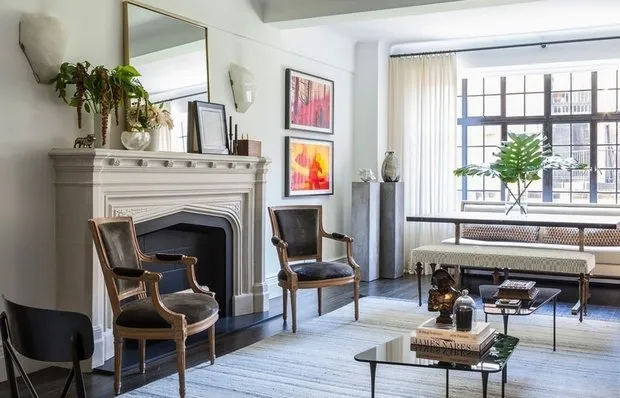 Comfortable Classic: Designer Apartment in New York
Comfortable Classic: Designer Apartment in New York Light and Dark Ash Wood Shimou in Interior Design
Light and Dark Ash Wood Shimou in Interior Design Wooden Cottage with Roof Windows
Wooden Cottage with Roof Windows Decorating the Home: 8 DIY Ideas for Mom and Child
Decorating the Home: 8 DIY Ideas for Mom and Child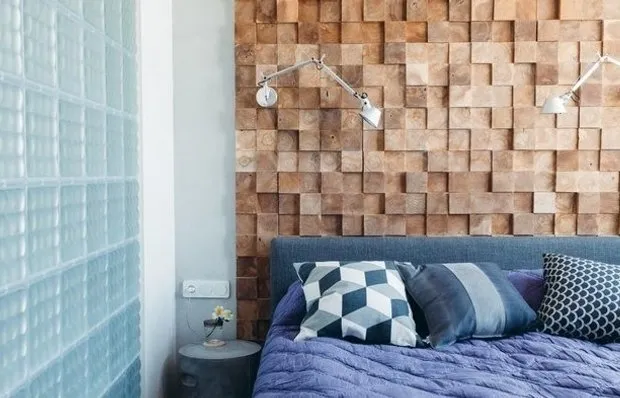 Wall 3D Panels in Interior
Wall 3D Panels in Interior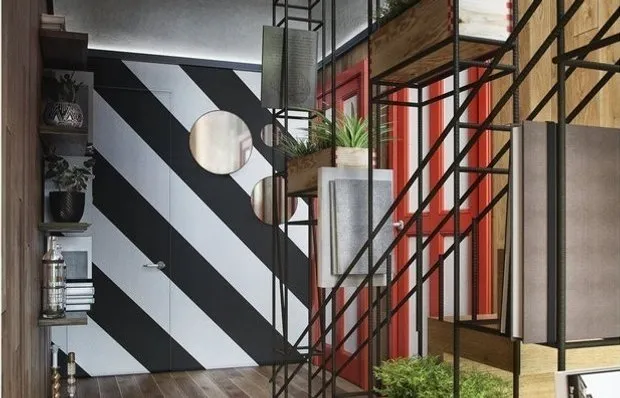 Striped Wallpapers in Interior Design: How to Avoid Mistakes
Striped Wallpapers in Interior Design: How to Avoid Mistakes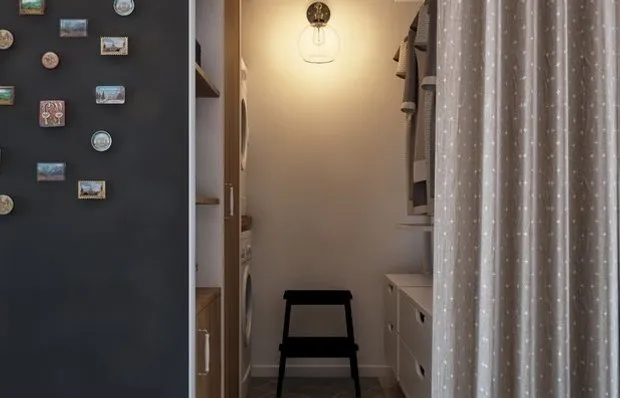 Storage Systems for Wardrobes: Optimal Solutions
Storage Systems for Wardrobes: Optimal Solutions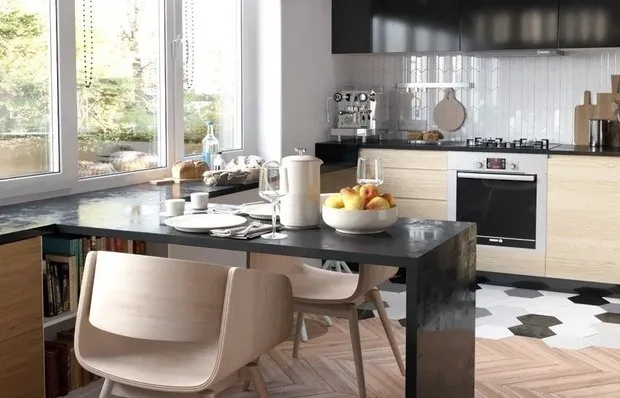 3 Boring-Free Kitchen Layout Options in a Typical 'Brezhnev-era' Apartment
3 Boring-Free Kitchen Layout Options in a Typical 'Brezhnev-era' Apartment